The Penny Black is the moniker of the world’s first adhesive stamp used in public postal system. The idea of an adhesive stamp indicates that a letter has been paid. The first postage stamp was proposed to reform the British postal system by Rowland Hill in 1837.
On May 1, 1840 the British postal service sold the first Penny Blacks, and continued to issue the stamps until 1841. The stamp cost 1 pence and was darkly colored, hence the name Penny Black. Nowadays, it is considered as one of the rarest British stamp.
It was widely issued in United Kingdom. All London posts offices received the new official stamps but other offices in the country did not. One of the offices like Bath offered the stamp unofficially after May 2.
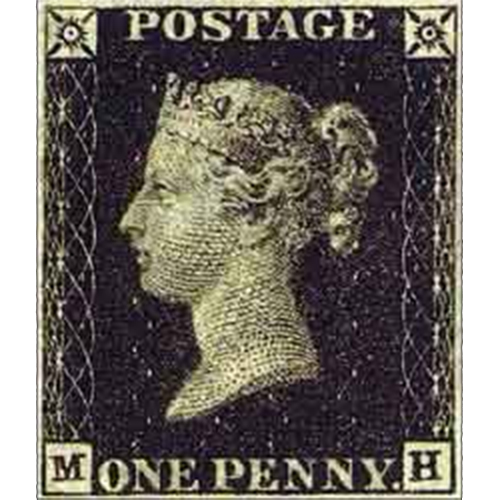
The inscription “postage” appeared at the top of the stamp and “one penny” at the bottom. The word one penny indicates the amount of transmission in which it was affixed on the envelope. The background of the stamp consists of finely engrave engine turnings.
The two upper corners contained two star-like designs and the lower corners contained letters designating the position of the stamp it was printed. The sheets were printed by Perkins Bacon.
The imperforate Penny Black stamp were printed in sheets of 240 with 12 stamps across and 20 stamps down and had to be individually cut by hand. As the name suggests, the stamp was printed in black ink.
The Penny Black was used only for a year. It was found out that red cancellation was hard to see on a black background and the red ink is easy to remove. It was easier to see a black canceling on a Penny Red. Hence, it is not a very rare stamp.
Penny Black successors
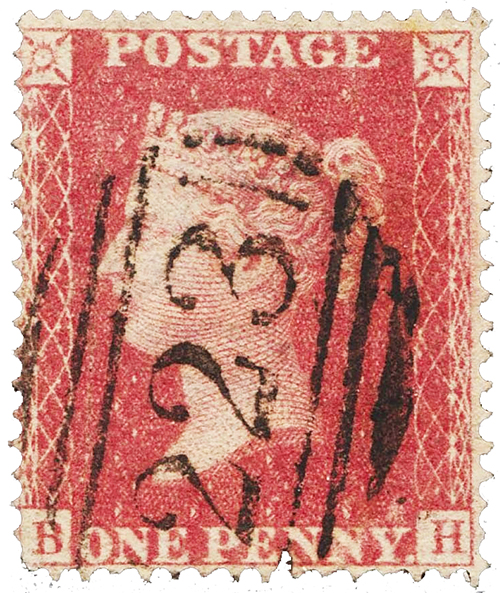
The Penny Red was issued in 21st of January 1841. It was the successor of Penny Black stamp. There were 10,000 sheets of Penny red stamp printed and issued to the public a month later. It was used as the definitive stamp in United Kingdom of Great Britain and Ireland until 1879. There were only minor changes on the stamp.
The color was change from black to red because of the difficulty in seeing the red cancellation mark on the Penny Black. Further more, a black cancellation mark is readily visible on a Penny Red.
The world’s second official adhesive stamp was the Two Penny Blue or 2d blue. It was also issued in May 1840 by the United Kingdom. It was more or less the same as the Penny Black. It was planned that 2d blue stamp will be released together with Penny Black.
However, the earliest post mark seen on a Two Penny Blue was on May 8, 1840 which is two days after the Penny Black was released. The Two Penny Blue is much rarer and more expensive than the Penny Black.
The Legacy of Penny Black
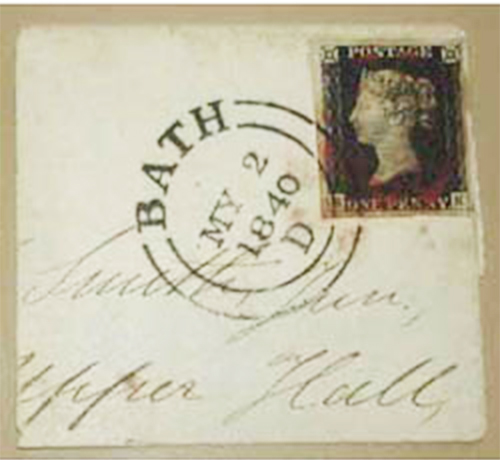
This small rectangular stamp developed a new system of processing and delivering mails. It includes transferring parcels, special delivery, air mail, bulk mail and various other options. Sending letters with uniform price made communication possible by all means.
The combination of uniform prices, new transportation methods, and more efficient postal system indicates that postal services were low enough that almost everyone could afford to write a letter.
Penny Black printing plates
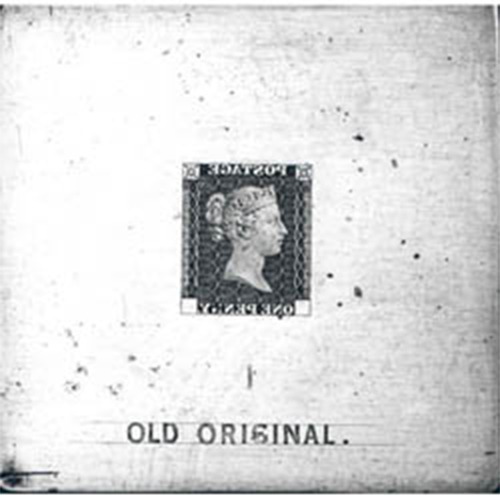
Penny Black stamps were printed from 11 plates. Unfortunately, plate 1 needed a thorough investigation for repair due to excessive wear. It was generally considered as two separate plates, 1a and 1b.
Plate 11 was solely intended for the new red stamps but a small number were printed in black. These stamps printed with black Plate 11 are very rare.
The stamps were printed in unperforated sheets. And it is cut in scissors for sale. Jacob Perkins invented the D cylinder press. It was the original printing press for the first postage stamp. It was patented in 1819 and was on display at the British Library in London.
Rare Penny Black postage stamp corner letters
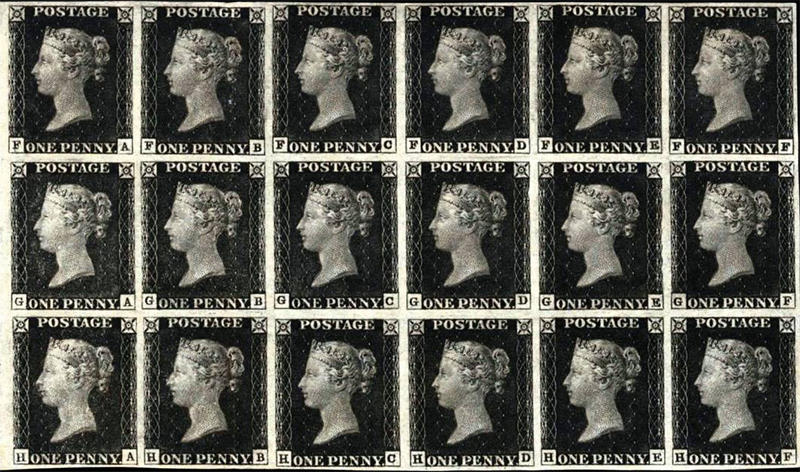
Each penny black stamp has an inscription at the four corners of stamp. These inscriptions determine the position of the sheet the stamp had occupied. When the printing plates produced were blank, the two lower squares are also blank. The letter inscription will be punched by hand.
The left square letter shows which horizontal row the stamp was in the first row being A, the second B, and so on down to the twentieth row with T.
The right square letter indicates the vertical column, again with A for the first column, B, C, and so on across to L for the last twelfth column. It should be noted therefore that each letter combination is just as common or as scarce as any other.
Penny black postage stamp values
There were 68,158,080 penny black postage stamps issued. There are only 2% survival rate likely about 1.3 million stamps still existing. The survival rate could also be higher, because in 1840’s the use of envelops was unusual.
Most letters were folded and sealed with wax. This means that whenever the letters are kept – the whole thing including the adhesive stamp is kept. But by the times that people started to collect stamps, people having these rare stamps sold it.
Penny black stamp values depend on different factors like condition, the plate the stamp was printed from, and the overall appearance of the stamp. The condition of the stamps also matter. The physical condition such as thin, tear, crease, or stain will lower the value of the stamp. The number, size, and regularity of the margins make a big difference to value.
The value of old postage stamps varies in condition and rarity of the stamp. Rare postage stamps that are in poor condition cost low while rare postage stamp that is in good condition cost high.
Old postage stamps not perforated were separated by scissors or knife. The stamp is easier to separate by straying and cutting into the printed design of the stamp because the distance of each stamp is just 1mm.
Collectors will pay higher prices if the stamps have four good, wide, and even margins.
Penny Black stamp rarities
There were 286,700 sheets printed with 68,808,000 stamps. Some of these stamps had survived. During this era large envelopes were not normally used. Letters in the form of letter sheets were folded and sealed. The stamp and the address are placed on the obverse. The stamp survives if the letter is kept.
The Penny Black is available in the stamp collectors’ market. Postage stamp prices vary in many factors like condition, plate of stamp, and the number of stamps produced.
The rarest Penny Black stamps were those printed from plate 2. There were only 16,800 stamps which come from 700 sheets only. Over 10 million copies were printed from plate 1a / 1b, yet even a medium poor copy of a plate 1 stamp is expensive. Strips of Penny Blacks are scarce and blocks are very rare.
Penny black that are printed in plate 11 is one of the rare postage stamps. The color of the postage stamp was switched from black to red but the red ink is not yet ready so they used black ink as a substitute. Therefore, provisional stamps of Penny black were printed with 700 sheets in a two day period.
Plate 11 was intended only for Penny red. Used Penny black stamp in plate 11 cost $685 as of 2009.
Penny Black stamp forgeries
Forged Penny black stamp first appeared in 1840. The counterfeits are made from wood engravings. An electrotyped forgery was discovered in March 1841. It led to the first prosecution and conviction of stamp forgery.
Rowland Hill’s postal stamp system was adopted by some countries starting with Brazil in 1843. Stamp collecting exists together with the existence of postage stamps. It even kicked off the world’s most popular hobby, philately.

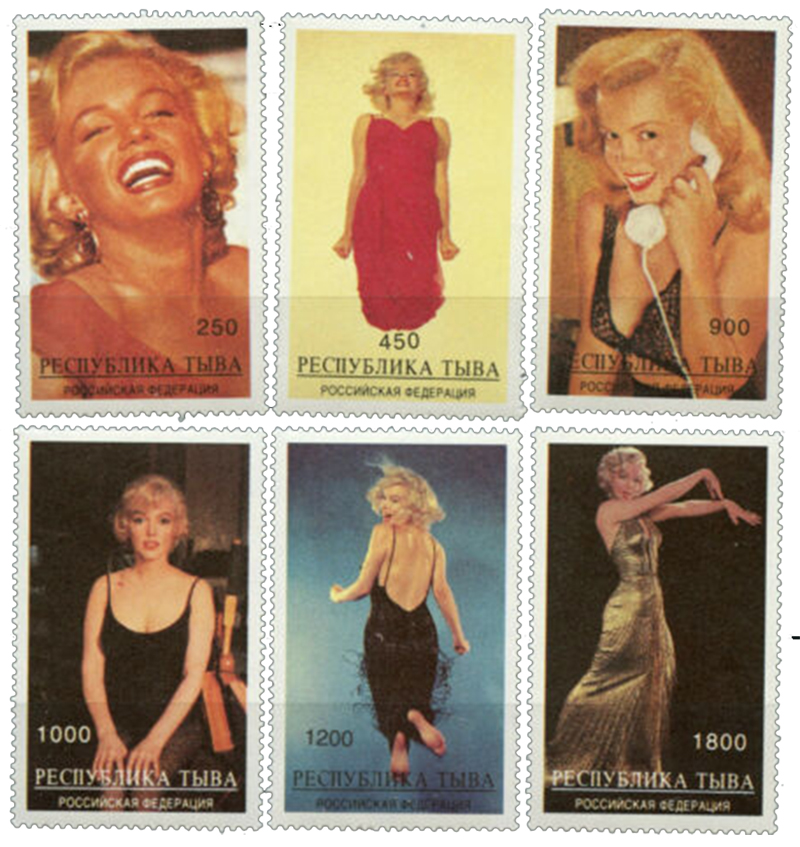
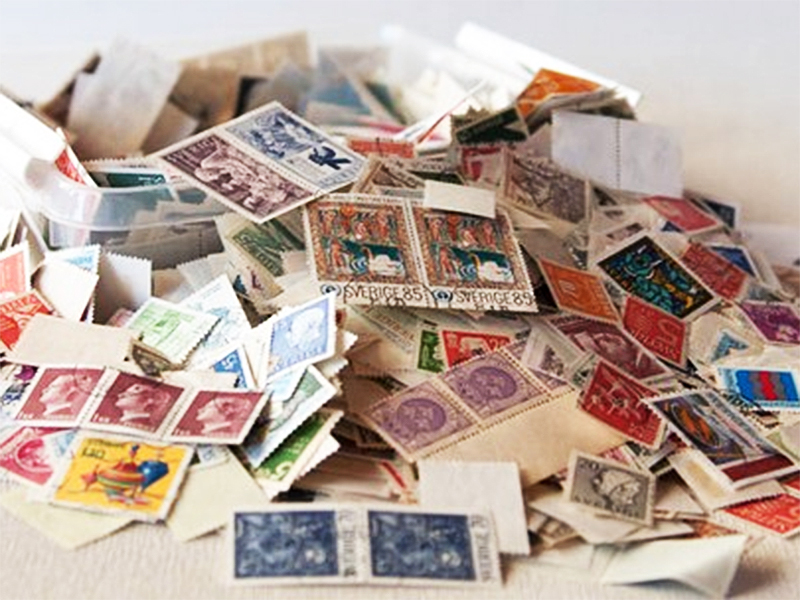
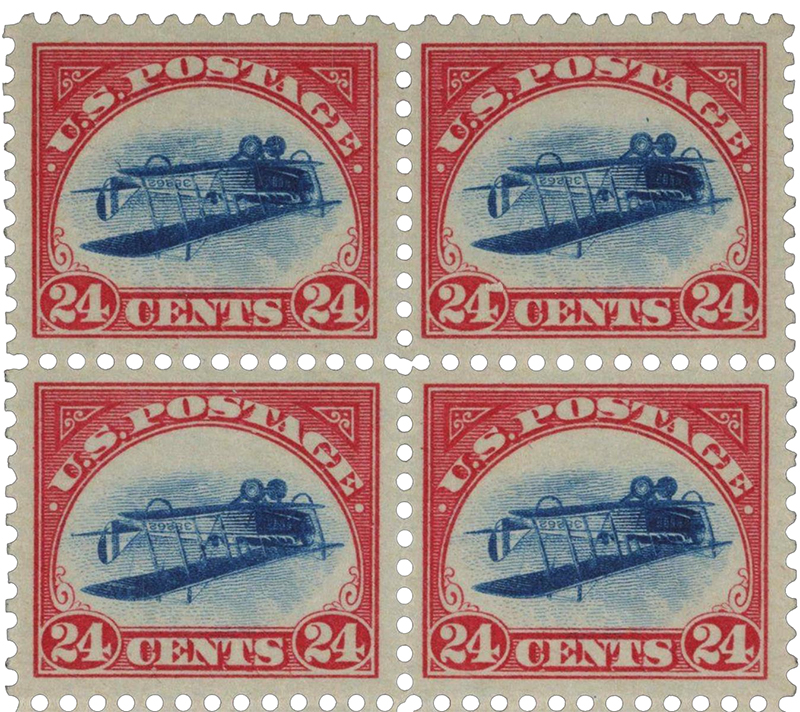
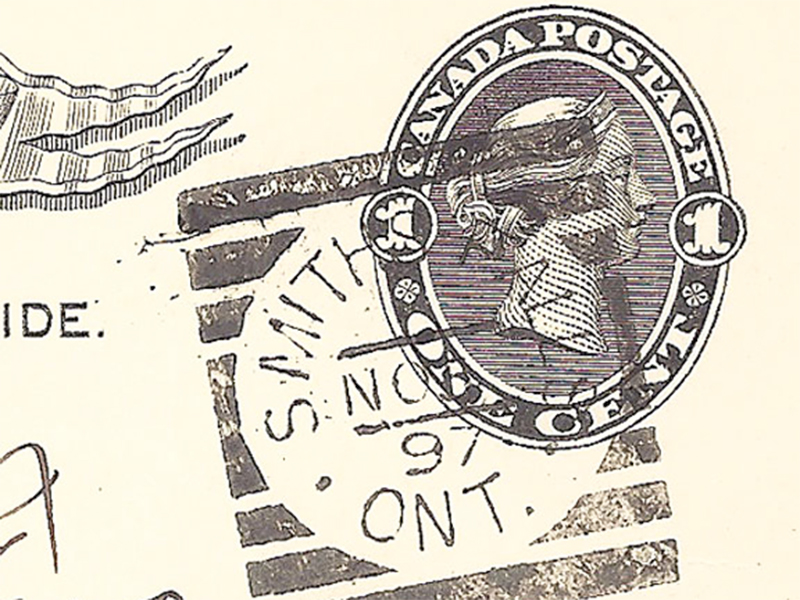
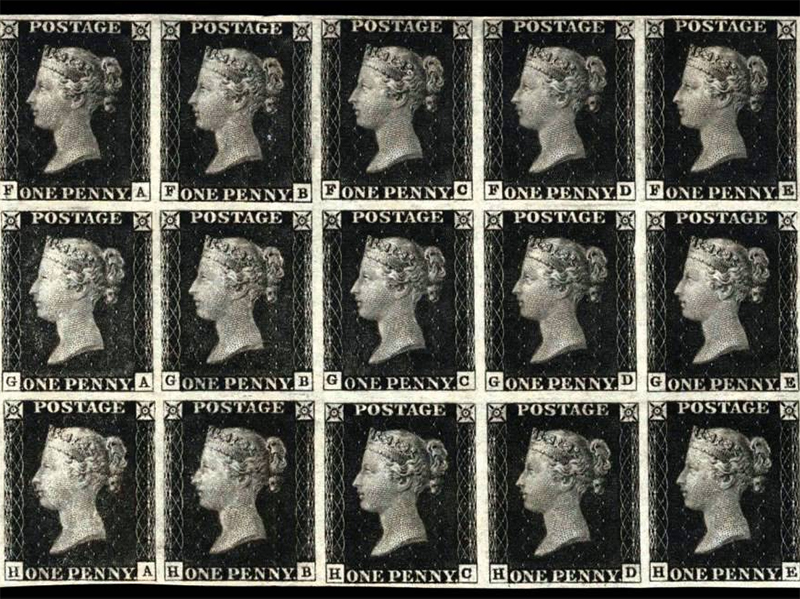
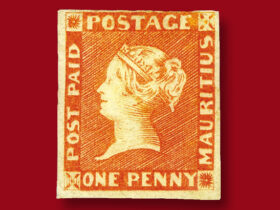


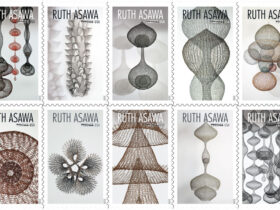
Leave a Reply